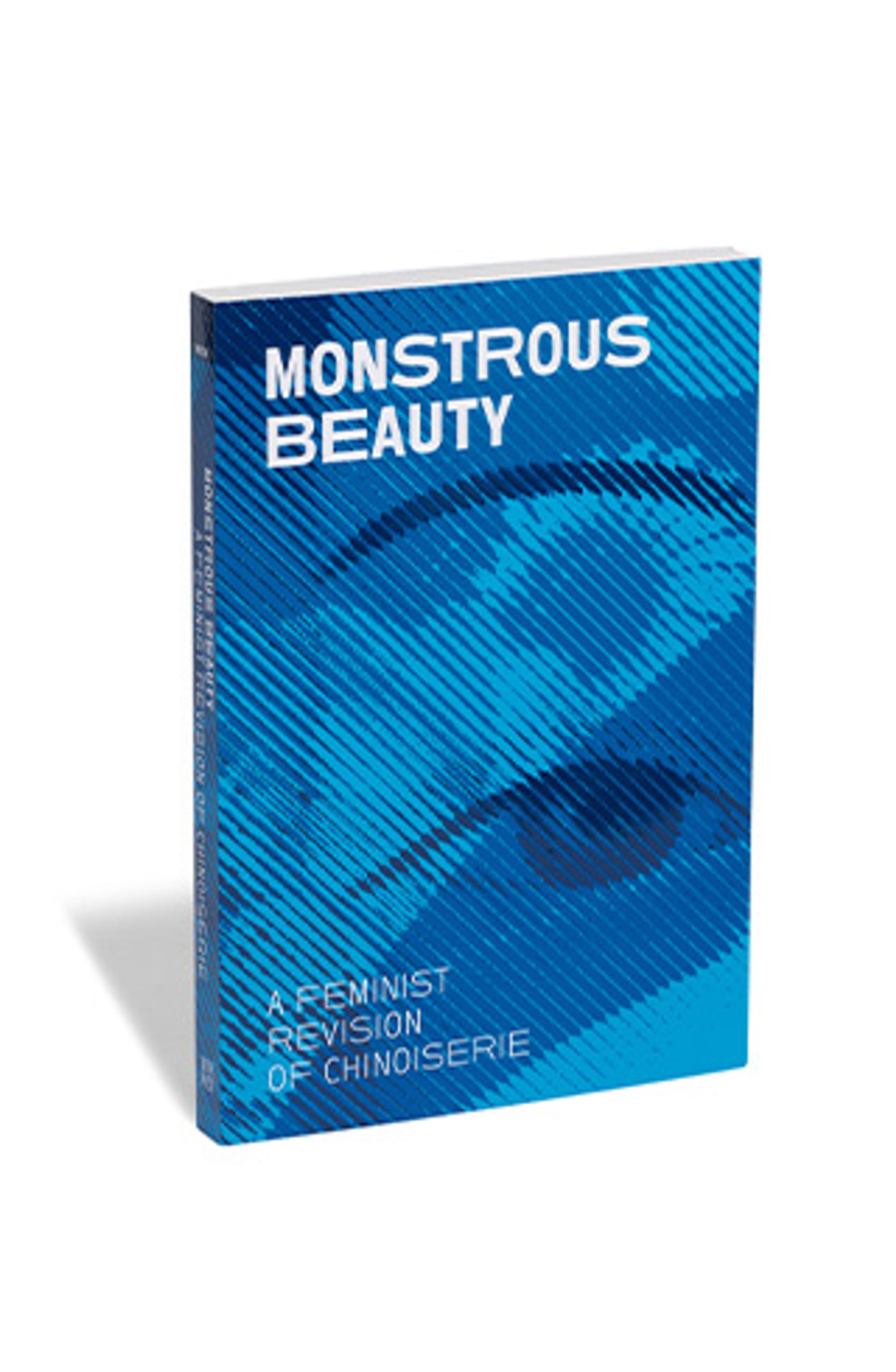Reframing Chinoiserie: A Feminist Perspective From The Metropolitan Museum Of Art

Table of Contents
The Historical Context of Chinoiserie and its Inherent Sexism
Chinoiserie, broadly defined as the European imitation and interpretation of Chinese and East Asian artistic styles, emerged in the 17th century. Initially driven by trade and cultural exchange, its development was significantly shaped by Eurocentric perspectives and power dynamics. The inherent sexism within Chinoiserie is undeniable; it often presented a highly romanticized and exoticized vision of Asia, particularly concerning its women.
- Stereotypical Representations: Asian women were frequently depicted as passive, submissive figures, embodying idealized notions of Eastern femininity that served the fantasies of European viewers. These images reinforced existing colonial power structures and perpetuated harmful stereotypes.
- Power Dynamics and Appropriation: The appropriation of Asian aesthetics was rarely a reciprocal exchange. European artists and designers freely borrowed and adapted elements of East Asian art, often stripping them of their original cultural context and imbuing them with new meanings that served Western interests. This process effectively erased the agency of Asian artists and artisans.
- Examples from the Met: The Met's collection contains numerous examples of these stereotypical representations, including porcelain figures depicting demure women and paintings that present idealized landscapes devoid of the complexities of real Asian life. These works serve as potent reminders of the problematic legacy of Chinoiserie.
Deconstructing Orientalist Tropes in Chinoiserie: A Feminist Lens
Feminist art criticism provides invaluable tools for dissecting the inherent biases within Chinoiserie. By challenging traditional interpretations, feminist scholars and artists help expose the power dynamics embedded in the artistic representations. This approach allows us to move beyond simply admiring the aesthetic qualities of Chinoiserie and to critically examine the social and political messages they convey.
- Reclaiming Agency: A feminist perspective focuses on reclaiming the agency of the Asian women depicted in Chinoiserie art, acknowledging their complex identities and challenging the passive roles imposed upon them.
- Analyzing the Gaze: Feminist analysis scrutinizes "the gaze," recognizing the power imbalance between the European viewer and the depicted Asian subject. The very act of representation in Chinoiserie often objectifies and exoticizes the Asian female form.
- Met Collection Examples: Examining specific pieces at the Met through a feminist lens reveals the subtle ways in which these power dynamics play out. For example, a seemingly innocuous painting might subtly reinforce colonial narratives through its framing and composition.
Reframing Chinoiserie: Agency, Resistance, and Nuance
However, a solely critical approach risks overlooking the complexities of Chinoiserie. A nuanced understanding necessitates acknowledging the agency of Asian artists and artisans, who actively participated in the exchange, adapting and negotiating their own cultural traditions within the constraints of the trade. Moreover, some Chinoiserie pieces subtly challenge or subvert the dominant narratives.
- Subversive Elements: Close examination may reveal subtle forms of resistance or satire embedded within seemingly conventional Chinoiserie designs.
- Hybridity and Cultural Exchange: Rather than viewing Chinoiserie as a one-way appropriation, it's crucial to acknowledge the elements of hybridity and cultural exchange. The interaction between East and West resulted in new artistic forms and expressions that cannot be reduced to simple binaries of dominance and submission.
- Contemporary Engagements: Contemporary artists are increasingly engaging with Chinoiserie, using it as a platform to explore themes of colonialism, identity, and cultural appropriation in new and critical ways.
The Metropolitan Museum of Art's Role in Reframing the Narrative
The Met's role in reframing Chinoiserie is significant. By actively curating exhibitions and displays that acknowledge the problematic aspects of this artistic movement, the museum can contribute to a more informed and nuanced understanding. However, critical evaluation is essential.
- Nuanced Exhibitions: The Met has exhibited pieces showcasing a more critical understanding of Chinoiserie, though further steps are needed.
- Curatorial Shortcomings: Areas for improvement include exploring the perspectives of Asian artists and providing more context surrounding the colonial history of the objects.
- Fostering Critical Dialogue: The Met can play a vital role in promoting critical dialogue about Chinoiserie, facilitating discussions that challenge traditional interpretations and encourage visitors to engage with the collection in a thoughtful and critical manner.
Reimagining Chinoiserie for a More Equitable Future
In conclusion, reframing Chinoiserie necessitates a feminist perspective that acknowledges its inherent sexism and colonial underpinnings while also recognizing the complexities of cultural exchange and the agency of Asian artists. Critically examining historical artistic movements like Chinoiserie is essential for understanding their complex legacies and for constructing a more equitable future. We must move beyond simple aesthetic appreciation and engage with the historical and social contexts in which these objects were created and consumed. Visit the Metropolitan Museum of Art's collection and engage with Chinoiserie through a feminist lens. Further research into Orientalism and feminist art history will enrich your understanding of this fascinating and often problematic artistic movement. Let's continue the conversation on reframing Chinoiserie and similar artistic movements to foster a more nuanced and inclusive understanding of art history.

Featured Posts
-
 Final Days Of Hudsons Bay Liquidation Huge Savings Inside
Apr 28, 2025
Final Days Of Hudsons Bay Liquidation Huge Savings Inside
Apr 28, 2025 -
 Ftc To Appeal Activision Blizzard Acquisition Decision
Apr 28, 2025
Ftc To Appeal Activision Blizzard Acquisition Decision
Apr 28, 2025 -
 U S Stock Market Climbs On Tech Giant Strength Teslas Leading Role
Apr 28, 2025
U S Stock Market Climbs On Tech Giant Strength Teslas Leading Role
Apr 28, 2025 -
 Open Ais Chat Gpt The Ftc Investigation And Its Impact On Ai
Apr 28, 2025
Open Ais Chat Gpt The Ftc Investigation And Its Impact On Ai
Apr 28, 2025 -
 The Countrys Top Emerging Business Markets Location Growth And Opportunity
Apr 28, 2025
The Countrys Top Emerging Business Markets Location Growth And Opportunity
Apr 28, 2025
